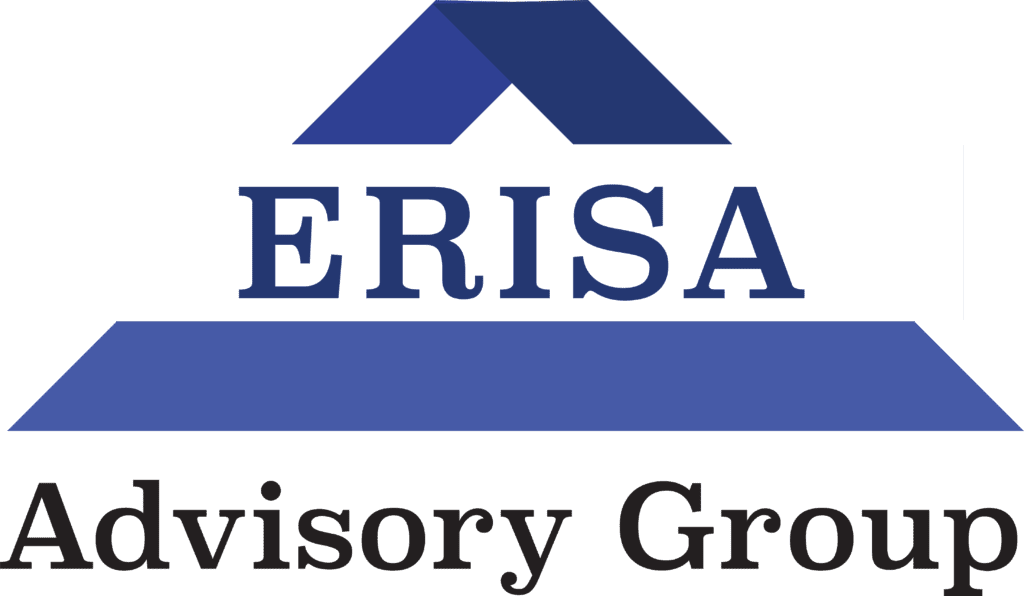When it comes to managing retirement and health plans, compliance with the Employee Retirement Income Security Act (ERISA) is critical. The U.S. Department of Labor (DOL) has released the maximum penalty amounts for 2025, and failing to meet these requirements can be costly.
As a plan sponsor or fiduciary, understanding these penalties is the first step—but ensuring your plan is fully compliant requires expertise. Below, we provide an overview of the updated penalties and how they might impact your organization.
2025 DOL Maximum Penalties
Each year, the DOL adjusts its penalty amounts for inflation. Here are the key penalties for 2025:
| Violation | Maximum Penalty (2025) | What This Means |
| Failure to file Form 5500 | $2,670 per day | Applies to retirement and health plans that miss the required annual filing. |
| Failure to provide a Summary of Benefits and Coverage (SBC) | $1,406 per failure | Applies to group health plans that do not provide an SBC to participants. |
| Failure to furnish plan-related information requested by the DOL | $36 per day (up to $1,906 per request) | If the DOL requests plan documents and they are not provided in a timely manner. |
| Failure to provide CHIPRA notice | $141 per day per employee | Employers must notify employees of potential eligibility for premium assistance under the Children’s Health Insurance Program (CHIP). |
| Failure to provide blackout notices or 204(h) notice for pension plan changes | $171 per day | Applies to significant changes in pension benefits that require advance notice. |
| Failure to comply with the Genetic Information Nondiscrimination Act (GINA) | $141 per day per affected participant | Prohibits discrimination based on genetic information in health coverage. |
| Failure to distribute automatic contribution arrangement (ACA) notices | $2,233 per failure | Applies to retirement plans with automatic enrollment features. |
Why These Penalties Matter
Penalties can add up quickly, especially for ongoing violations. For example, missing a Form 5500 filing could cost thousands per day until corrected. While these fines serve as a deterrent, they also highlight the complexity of ERISA compliance.
How to Stay Compliant
Avoiding these penalties isn’t just about checking boxes—it’s about having the right processes and oversight in place. Here’s how you can protect your organization:
- Conduct regular compliance audits – Identify gaps before they become costly issues.
- Stay on top of deadlines – Keep track of key filings like Form 5500 and required notices.
- Educate your team – Ensure HR, finance, and benefits teams understand compliance obligations.
- Work with an expert – ERISA regulations are complex. Having an experienced fiduciary consultant ensures compliance and reduces risk.
Need Expert Guidance?
If you’re unsure whether your plan is meeting all requirements, we’re here to help. Our team specializes in ERISA compliance, helping fiduciaries and plan sponsors avoid costly penalties and maintain best practices.
Contact us today to review your plan’s compliance status and avoid unnecessary risks.

